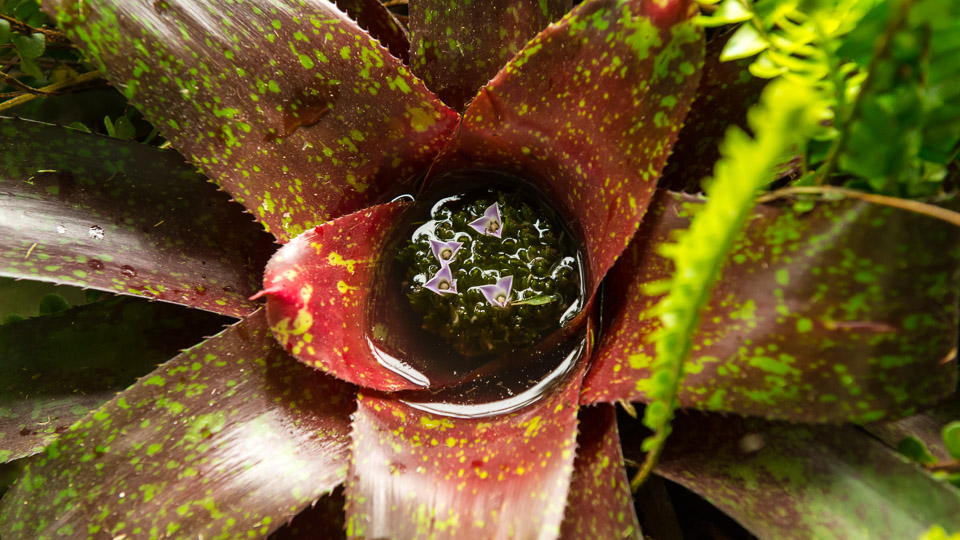
Horse Disease Prevention – Sources Of Disease
Diseases are caused by pathogens which are foreign to the body. These pathogens are chemicals or live things that should not exist within the body. It is a moment by moment process the horse and human works on from birth until death. They include viruses, bacteria, fungi, internal worms, excessive and diminished chemicals essential for the body or detrimental to the body. Overwhelming access to pathogens makes a disease more likely to occur as the immune system also becomes overwhelmed.
Identifying sources of pathogens is an ever vigilant chore for horse owners. Removing free standing water will remove the source of flies that are common vectors of disease. Removing manure where horses eat decreases the chance of getting an internal parasite infection. Removing overcrowding will reduce stress as well as skin contact with infected horses.
**CONTINUED IN ARTICLE TAB**
Related material – Sometimes I have a lot of material here that I have written, podcasted, video blogs and other things. They will be listed in this tab.
Use the browser back button or menu to return to the index of topics.
⬇︎ CLICK ANY IMAGE BELOW TO REVEAL MORE INFORMATION ⬇︎
Diseases are caused by pathogens which are foreign to the body. These pathogens are chemicals or live things that should not exist within the body. It is a moment by moment process the horse and human works on from birth until death. They include viruses, bacteria, fungi, internal worms, excessive and diminished chemicals essential for the body or detrimental to the body. Overwhelming access to pathogens makes a disease more likely to occur as the immune system also becomes overwhelmed.
Identifying sources of pathogens is an ever vigilant chore for horse owners. Removing free standing water will remove the source of flies that are common vectors of disease. Removing manure where horses eat decreases the chance of getting an internal parasite infection. Removing overcrowding will reduce stress as well as skin contact with infected horses.
Bacteria live everywhere. Removing dangerous sharp objects reduces the chance of cuts and punctures that will become infected with these bacteria. Observing daily for cuts and punctures can prevent a local bacterial infection.
Quarantining of new horses for 14 days away from the rest of the herd is essential to stopping a disease especially from transported animals. Transporting horses is stressful. Taking the body temperatures is a key measurement to determine if a brewing disease is about to take hold on your farm.
In 2008 I was asked to come to a farm here in south Florida to float the teeth of some horses that had just arrived from Europe. I did not know they had just arrived or I would never had made this appointment. They had come into a quarantine station in New York for a few days before they were placed in a large horse transport truck and driven to FL. When I arrived the new owner met me in the driveway to let me know that all the horses I was doing had a slight fever. We both agreed to hold off for two weeks until the temperatures had returned to normal for a few days.
Had this been the end of the story it would have been OK. The horses would have been nursed and their new home would have provided the rest they needed to overcome the virus. However the local vet insisted they be shipped to the clinic for fluid administration and supportive care. The horses were stressed again with another move to a hospital where other sick horses came. All the horses became worse with 3 of them dying. The communicable disease called Equine Herpes Virus (EHV-1) then spread to other horses at the hospital that were then sent home before they had shown signs of disease. The result was more deaths, many sick horses and the shut down of the whole south Florida winter show season with huge economic devastation of many people depending on the show for a living.
Removing sources of diseases is essential to maintaining the health of horses. Sources come in a variety that challenge the horse owner especially when cutting corners to achieve a better return on investment. However identifying sources (water retention, poor sanitation, lack of quarantine, disrepair) is essential to helping horses thrive in the human environment that they live in.
Any videos related to this topic will be added here. Stay tuned or comment a request.
- Additional tables
- Links to other in house articles
- Links to outside articles
- Reference material used in developing this topic.
There are no related articles here if you don’t see linked items.


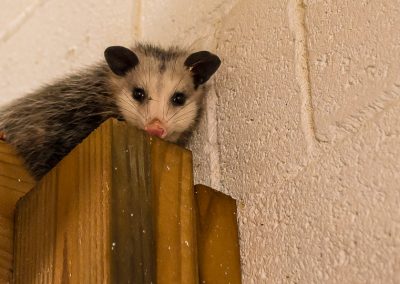
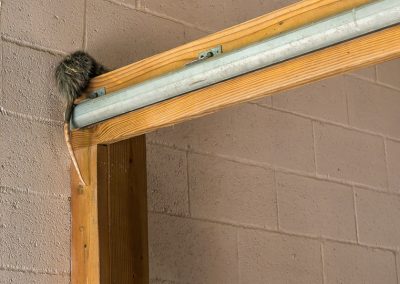
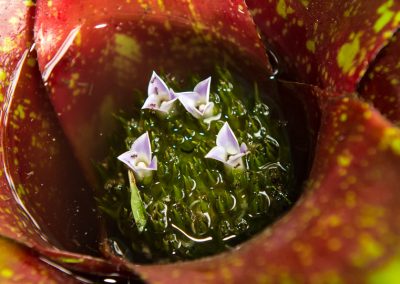
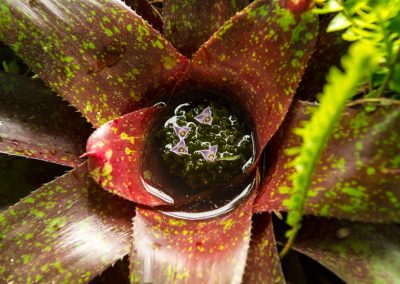
Responses